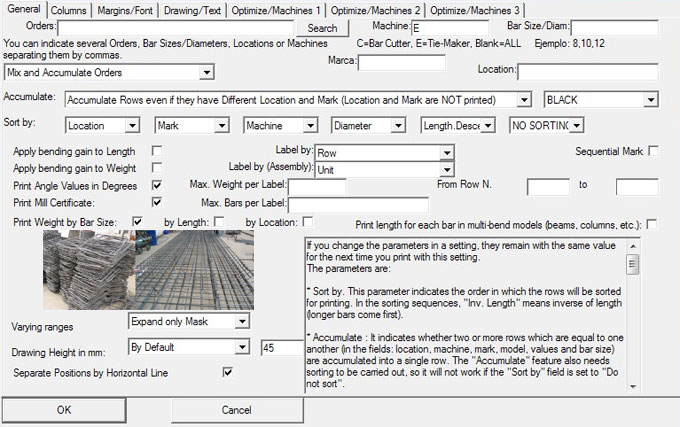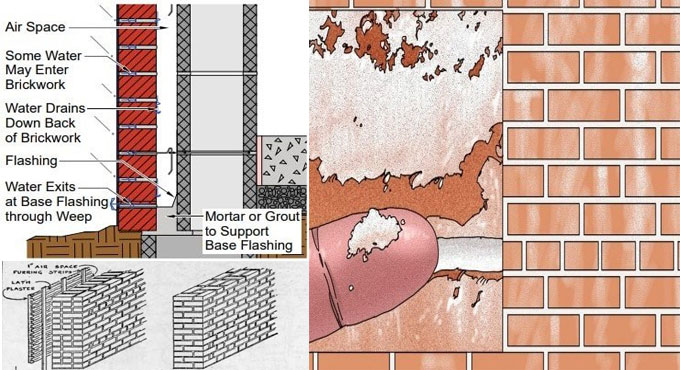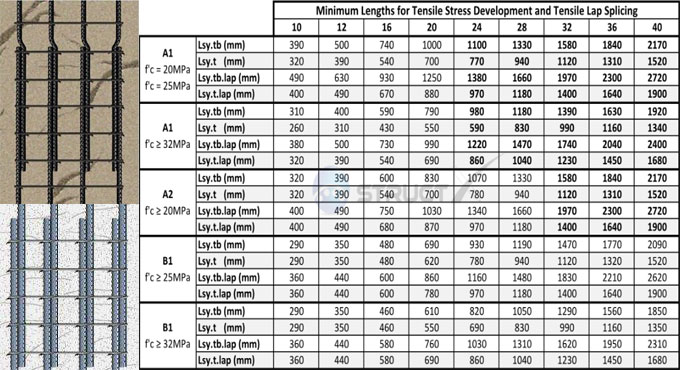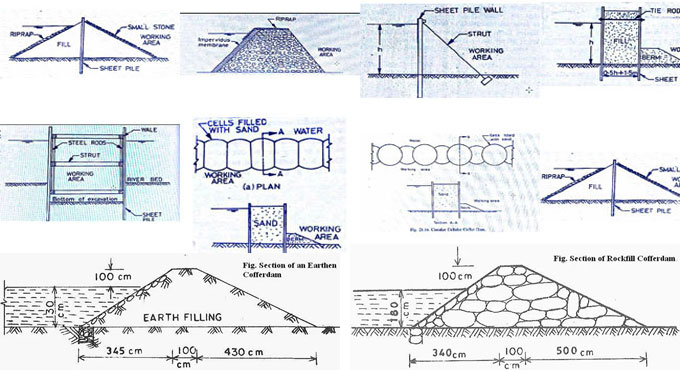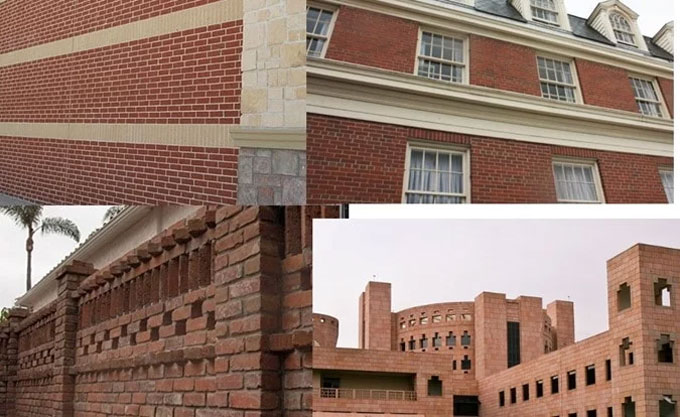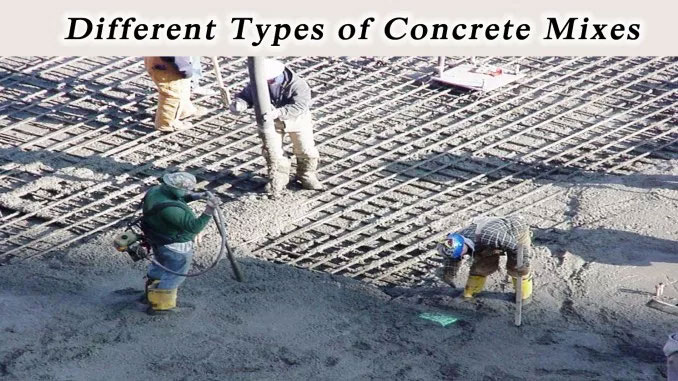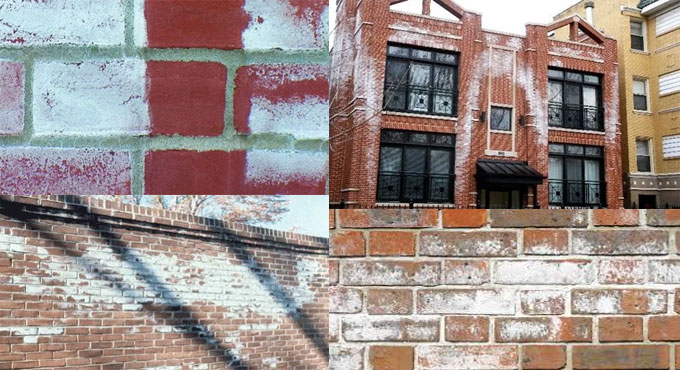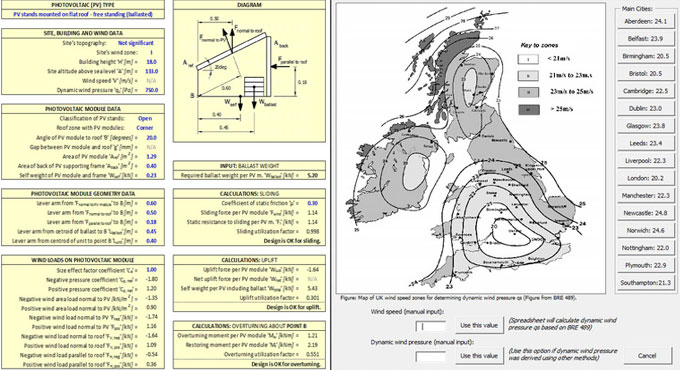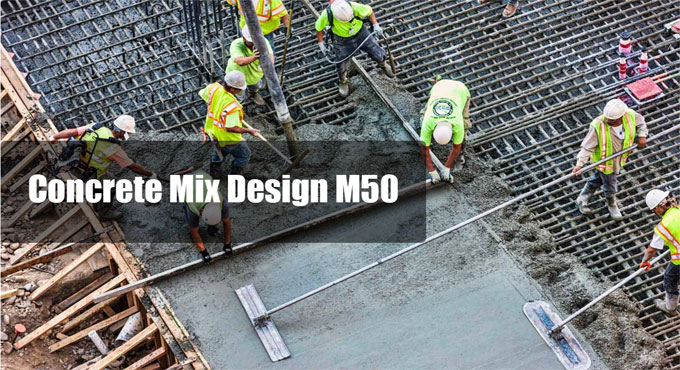RebarWin is a useful software for rebar detailing. This software program provides huge benefits to the rebar detailers who deal with construction and civil engineering projects.
The main features of RebarWin are:
• Produces sorted, weighed and accumulated bar lists.
• Prints labels to attach it with the rebar bundles.
• Supports Imperial, SoftMetric and European Metric Measuring Systems.
• Ability to exports to Excel® SpreadSheet.
• While printing bar lists, the users settle either bar lists and labels are organized (and in what order), weighed and/or stored.
• Accumulates standard bend shapes in databases to avail them easily and automatically. An initial collection is contained that is observable in the samples page.
• Describe placing requirements graphically. All necessary rebar in a structure can appear simultaneously in the bar list and in the same label, in a high-quality placing drawing. Bar list and label paper sizes are raised so that high complexity structures can be defined perfectly. These structures are preserved in databases with the intention that it is not essential to draw them again every time.
• Prints labels to attach it with the rebar bundles.
• Supports Imperial, SoftMetric and European Metric Measuring Systems.
• Ability to exports to Excel® SpreadSheet.
• While printing bar lists, the users settle either bar lists and labels are organized (and in what order), weighed and/or stored.
• Accumulates standard bend shapes in databases to avail them easily and automatically. An initial collection is contained that is observable in the samples page.
• Describe placing requirements graphically. All necessary rebar in a structure can appear simultaneously in the bar list and in the same label, in a high-quality placing drawing. Bar list and label paper sizes are raised so that high complexity structures can be defined perfectly. These structures are preserved in databases with the intention that it is not essential to draw them again every time.
• Computes bending dimensions from other identified dimensions.
• Works out straight and bent varying bars.
• While printing bar lists, labels or statistics, the users decide either to employ bending deductions to shearing length and/or weight.
• The length/weight relation and bending deductions are modified easily as well as configured in a different way for various machines.
• Works out straight and bent varying bars.
• While printing bar lists, labels or statistics, the users decide either to employ bending deductions to shearing length and/or weight.
• The length/weight relation and bending deductions are modified easily as well as configured in a different way for various machines.
• Rebar Orders are arranged with projects and units. A list and total weight for all the orders can be acquired in a project, unit, type or date range.
• Produces statistical reports. As for example, it is also understood how much is bent and how much is remaining straight for each diameter and machine, and that in a specified project, unit, type or date range.
• The previous features are contained in the 60-day trial shareware version that can be downloaded freely. The registered users will be able to access the following, export / import and network sharing.
• Produces statistical reports. As for example, it is also understood how much is bent and how much is remaining straight for each diameter and machine, and that in a specified project, unit, type or date range.
• The previous features are contained in the 60-day trial shareware version that can be downloaded freely. The registered users will be able to access the following, export / import and network sharing.
• Export Orders (bar detailing lists) and Models (bend types) to a file in order to transfer them through e-mail or diskette to another computer. Export / Import options ensure that detailers in various locations can work on the identical project.
• Network sharing.
• Network sharing.
To download a trial version, click on the following link rebar.net
